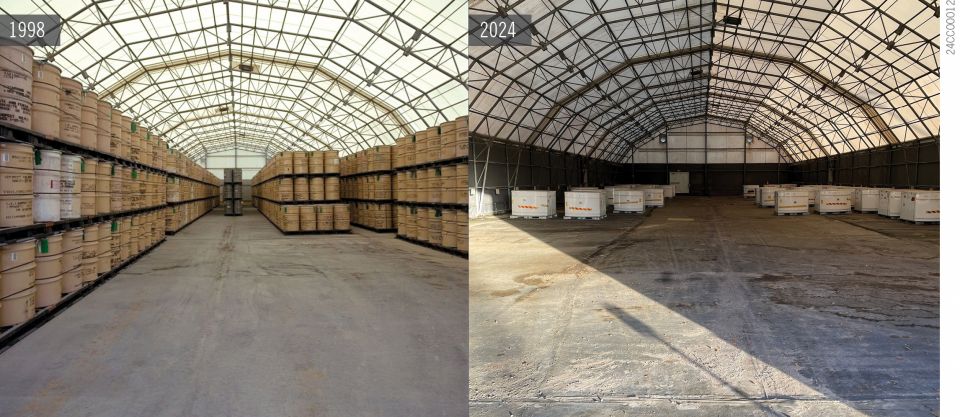Glass strategy: Hanford’s enhanced waste glass program

The mission of the Department of Energy’s Office of River Protection (ORP) is to complete the safe cleanup of waste resulting from decades of nuclear weapons development. One of the most technologically challenging responsibilities is the safe disposition of approximately 56 million gallons of radioactive waste historically stored in 177 tanks at the Hanford Site in Washington state.
ORP has a clear incentive to reduce the overall mission duration and cost. One pathway is to develop and deploy innovative technical solutions that can advance baseline flow sheets toward higher efficiency operations while reducing identified risks without compromising safety. Vitrification is the baseline process that will convert both high-level and low-level radioactive waste at Hanford into a stable glass waste form for long-term storage and disposal.
Although vitrification is a mature technology, there are key areas where technology can further reduce operational risks, advance baseline processes to maximize waste throughput, and provide the underpinning to enhance operational flexibility; all steps in reducing mission duration and cost.







